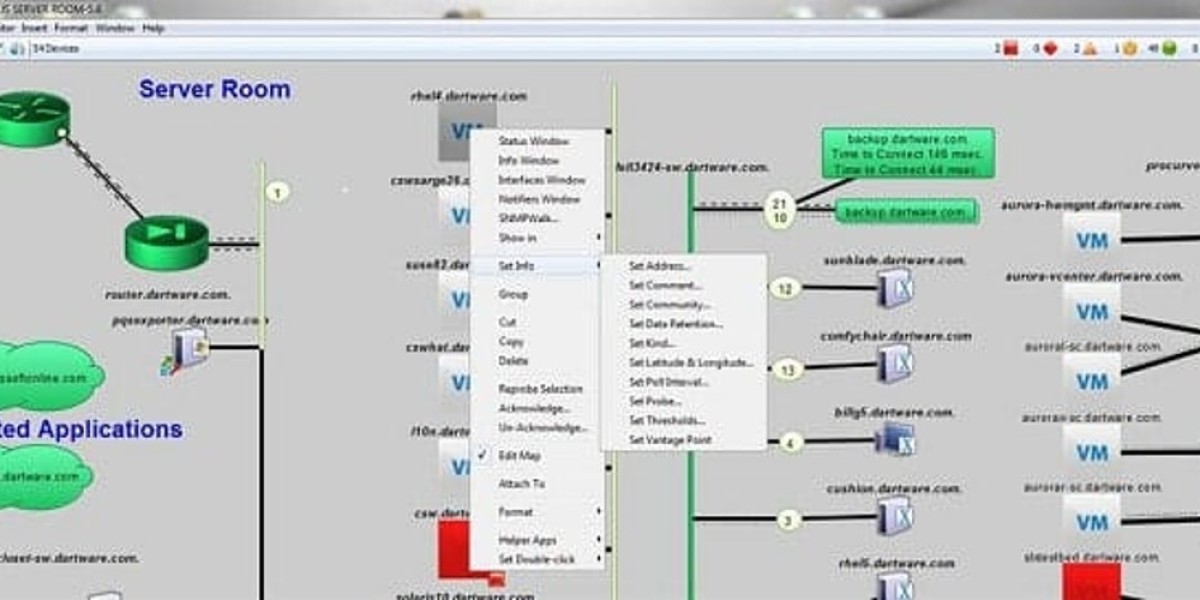In an era marked by exponential data growth and evolving cybercrime sophistication, encryption software has become the frontline defense for organizations aiming to protect sensitive information. By 2025, encryption technologies are advancing rapidly, integrating artificial intelligence and cloud-native architectures to safeguard data across devices, networks, and cloud environments. Businesses and governments alike are investing heavily to comply with stringent privacy regulations while ensuring operational resilience.
According to Straits Research, the global encryption software market size was valued at USD 14.64 billion in 2024 and is projected to reach USD 57.87 billion by 2033, growing at a CAGR of 16.5% over the forecast period. This robust growth reflects the intensifying need for encryption solutions amid surging digital transformation and cybersecurity challenges.
Key Trends Driving Encryption Software Adoption
AI-Driven Encryption Management: Artificial intelligence is revolutionizing encryption by enabling dynamic key management, anomaly detection, and threat prediction. AI-powered platforms anticipate security breaches and automate responses, minimizing human error and boosting protection across increasingly complex IT landscapes.
Hybrid and Cloud-Native Encryption Solutions: As enterprises embrace hybrid cloud strategies, encryption software evolves to secure data across on-premises and multi-cloud environments. Cloud-native encryption tools offer scalability, compliance tracking, and integration with DevSecOps pipelines.
Quantum-Resistant Encryption Development: With the advent of quantum computing, vendors are advancing encryption algorithms that are resistant to quantum attacks. Post-quantum cryptography is becoming a strategic imperative for long-term data security.
Zero Trust Architecture Support: Encryption plays a fundamental role in zero trust security frameworks by ensuring data confidentiality even within trusted networks, enhancing granular data access controls and audit capabilities.
Leading Players and Market Dynamics
Microsoft Corporation: A major player embedding extensive encryption across its Azure cloud services, Windows OS, and Microsoft 365 productivity suite. Microsoft's investment in key vaults, confidential computing, and seamless endpoint protection positions it as a preferred encryption provider globally.
IBM: Known for its hybrid cloud encryption and quantum-safe cryptography. IBM's extensive portfolio includes hardware security modules (HSMs), data encryption, and advanced key lifecycle management enabling enterprise-grade data protection.
Broadcom: Following its acquisition of Symantec's enterprise security business, Broadcom integrates encryption with threat prevention and endpoint security, enhancing its comprehensive cybersecurity offerings.
Thales Group: A leader in hardware-centric encryption products and cloud key management. Thales focuses on sectors with stringent compliance needs such as finance, healthcare, and defense.
Cisco Systems: Secures network traffic with embedded encryption and advanced key management, supporting zero trust and secure remote access as corporate perimeters dissolve.
Trend Micro and Check Point: Complement encryption with AI-powered threat detection, ensuring proactive defense across encrypted data flows.
Regional Adoption and Emerging Market Trends
North America: Dominates global encryption software demand due to advanced digital infrastructure, strict regulatory environments like HIPAA and GDPR enforcement, and cyber defense initiatives.
Europe: Actively enforces data privacy laws driving encryption adoption in both private and public sectors, with Germany, UK, and France leading digital sovereignty efforts.
Asia-Pacific: The fastest-growing region, driven by increased cloud migration, governmental cybersecurity investments, and a thriving SME ecosystem adopting encryption to scale securely.
Latin America and Middle East: Emerging markets are catching up, buoyed by rising digitization and regulatory push, though infrastructure challenges remain.
Recent Industry Developments
July 2025: Microsoft enhanced Azure Confidential Computing, enabling encrypted data processing without exposure to cloud providers.
June 2025: IBM announced new quantum-resistant encryption services aimed at future-proofing sensitive data.
May 2025: Broadcom integrated AI-driven encryption capabilities into endpoint security, improving real-time threat mitigation.
April 2025: Thales unveiled a next-gen cloud key management platform supporting multi-cloud governance.
March 2025: Cisco introduced encrypted traffic analytics capabilities that help enterprises detect threats without decrypting sensitive data.
Outlook and Challenges
The encryption software landscape faces challenges such as balancing usability with security, integrating legacy systems, and managing encryption key sprawl. However, innovation continues at pace, with AI, quantum readiness, and cloud-native architectures at the forefront. Organizations that adopt robust encryption strategies can navigate the evolving threat landscape and regulatory complexity effectively.
By 2033, encryption will be foundational to secure digital transformation, enabling trust and privacy across massively interconnected ecosystems.



